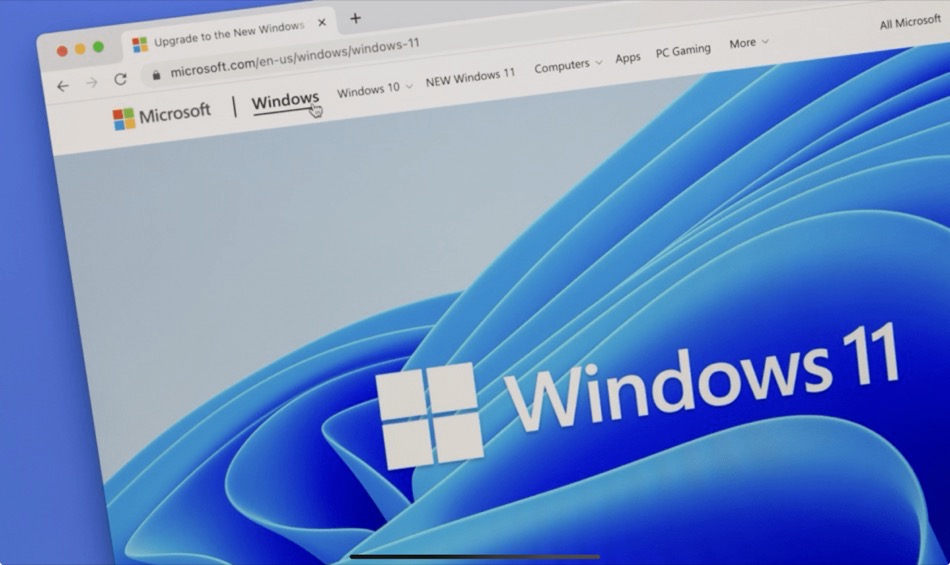
Windows 11 is finally putting an end to the frustrating drop in Bluetooth audio quality during voice calls and game chats by introducing support for super wideband stereo over Bluetooth Low Energy (LE) Audio.
The long-requested fix arrives with the 24H2 update, bringing crisp stereo sound with microphone use, something that was never possible with traditional Bluetooth audio stacks.
The improvement addresses a longstanding limitation in Bluetooth Classic Audio, where users were forced to choose between high-quality audio (A2DP) and microphone functionality (HFP), the latter reducing sound to compressed mono. This often meant muffled audio in games, distorted voice quality in meetings, and a complete loss of stereo spatial cues, especially painful in applications like Forza Horizon or Microsoft Teams.
This update leverages the newer LE Audio standard, which replaces both A2DP and HFP with a unified, modern profile architecture. At its core is the Telephony and Media Audio Profile (TMAP), which allows for simultaneous voice and high-fidelity stereo playback using improved compression and a higher 32kHz sample rate. This “super wideband” stereo brings audio clarity and range that closely matches real-world CD quality, dramatically improving both voice calls and media experiences on compatible devices.
Microsoft has long been criticized for lagging behind in Bluetooth audio support. Despite earlier improvements like wideband voice (16kHz), the core architectural limitations of Bluetooth Classic’s HFP profile meant that even high-end headsets suffered from a downgrade in quality when the microphone was active. LE Audio resolves this by allowing stereo output during voice transmission, removing the need to drop back to mono.
The update is significant for gamers and also for professionals using Windows 11 in remote and hybrid work environments. Microsoft Teams will now support Spatial Audio over Bluetooth for the first time, allowing directional voice placement during calls. This is especially helpful during overlapping conversations, enabling users to distinguish speakers based on their virtual positions on the screen, mimicking a real-life conversation setting and improving speech comprehension in noisy environments.
To take advantage of the new capabilities, users will need a Bluetooth headset, earbuds, or assistive hearing device that supports LE Audio, along with a compatible Windows 11 PC running version 24H2 or later. Additionally, the system must have an updated Bluetooth driver provided by the device’s manufacturer. While many existing devices may receive firmware or driver updates to enable support, most new laptops and desktops shipping from late 2025 onward are expected to include this functionality by default.







Leave a Reply